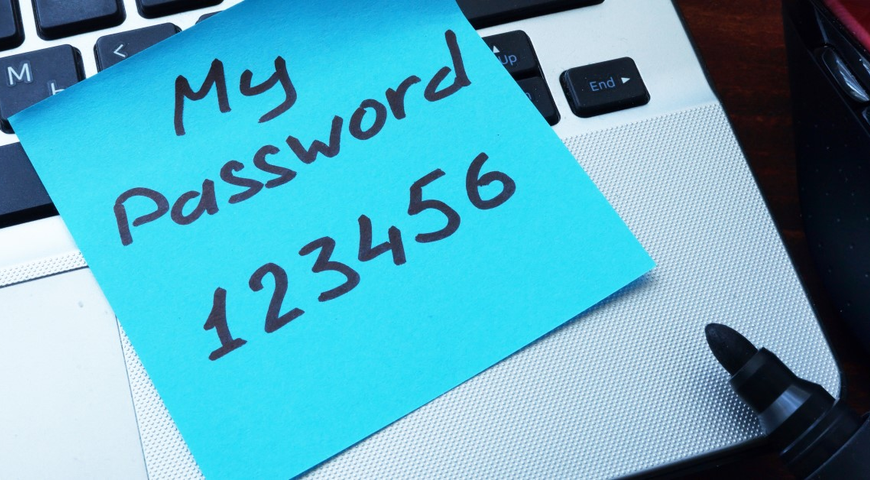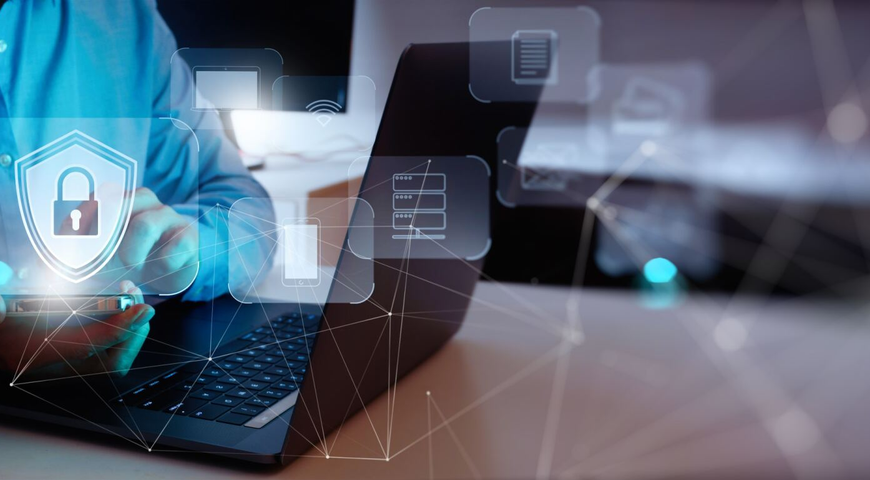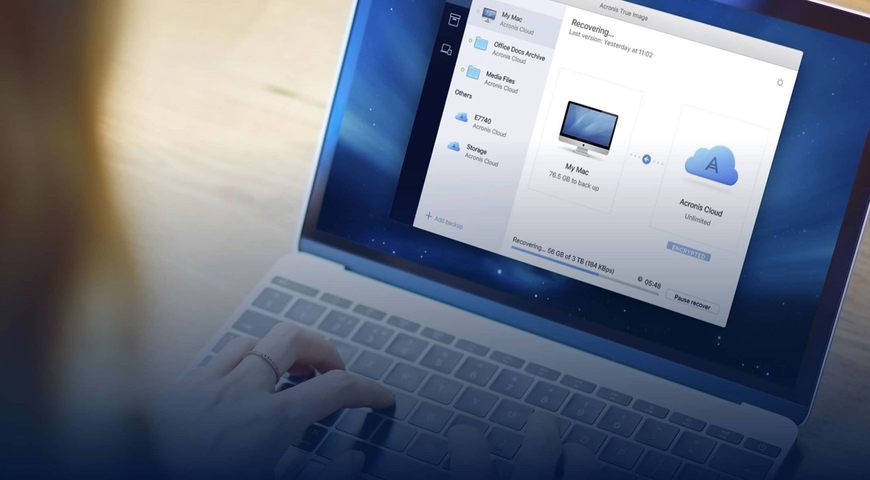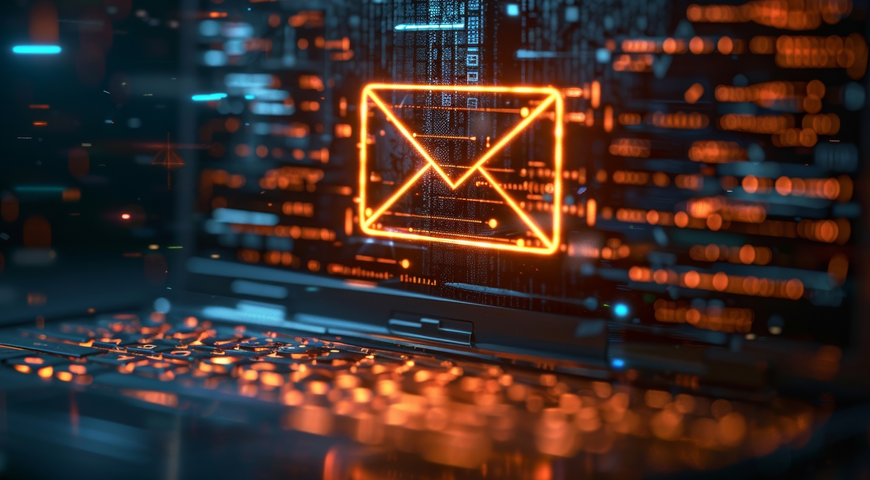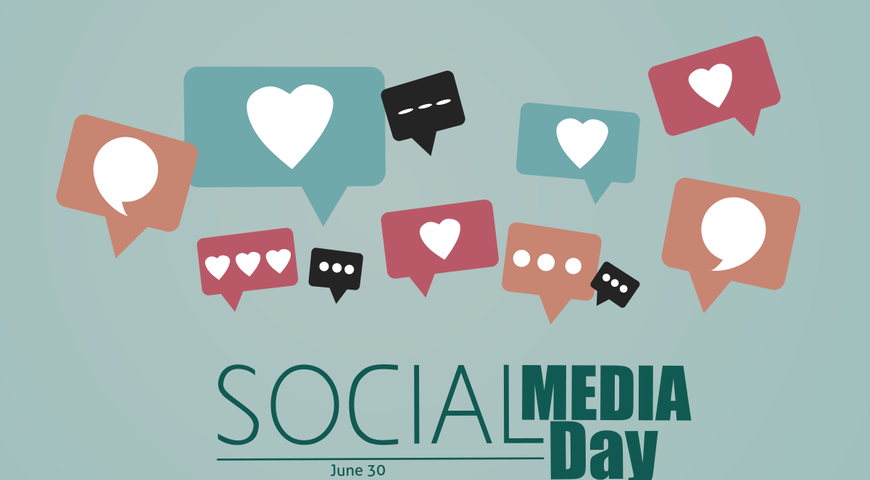
June 30th is social media day, and to celebrate, we’re going to help you keep your account secure for a smart and safe browsing experience!
Statista reports that 60% of the world’s population, or over 5.18 billion people, has at least one account on social media. Facebook, Twitter, Instagram, Reddit and YouTube, just to name a few, have successfully captured the attention of the public with their alluring offers of connecting their users to virtually any individual on the globe within seconds. Additionally, social media contains large public forums and groups that connect like-minded individuals and allow anyone with access to a connected device to produce and share their own content. However, with the social benefits of the rising medium comes a cache of security concerns that grow in severity daily, especially as social media use continues to skyrocket.
Create a safe password
Keeping a safe password is an important key to keeping secure, as everyone knows; but creating a safe password is a different story. Sophisticated hacking programs can crack shorter passwords within seconds. According to research by Home Security Heroes, in 2023, a password containing just lowercase letters, up to eleven characters, can be cracked instantly by brute force. On the contrary, an 18-character password containing a mix of numbers, upper and lowercase letters, and symbols, would take even the most sophisticated artificial intelligence over six quadrillion years to crack.
What’s recommended by experts today is to establish an easy-to-guess passphrase. This can contain three to eight unrelated (but easy to recall) words, with a variety of capitalizations, symbols and numbers. Letters and symbols can be turned into numbers, e.g., the phrase “Sarah loves her Corgi” could be “5arAhl0v35H4Rc0RG!”. This is longer than previously recommended, but advancing AI technology has moved the meter on what constitutes a secure passphrase.
Check out our recent blog post, The critical importance of creating a secure password, to learn more.
Use a password manager
This common issue led to the eventual development of third-party password management applications, designed to safely store passwords and usernames, which are automatically filled into their respective field without any recall necessary on the user’s end. Some browsers such as Chrome and Firefox have password management built-in, and these password management services allow users to easily swap between devices and browsers. These passwords are locked behind one password, a “master password,” used either to log in to a third-party password management application or sign into a browser account.
These password managers, like all solutions, come with their roadblocks. Storing all your passwords in one place saturates the severity of an attack if someone were able to get hold of your “master” credentials, as they now have access to all your passwords and usernames. And these aren’t just social media sites, as banking, shopping and work-related sites potentially contain confidential financial and corporate information — all visible to anyone with access. This is why, as with every other method listed here, password managers should be used in tandem with other security measures.
Don’t give out personal information
Recent technology has made it even easier for hackers to impersonate anyone, so be cautious of any message requests from people you don’t know. Confirm in person or over the phone, if possible, any suspicious friend or message requests, and don’t give out any personal information on social media you wouldn’t want the public to know.
Enable login notifications
Every time someone logs into one of your social media accounts, or even attempts to, you’ll get a notification via email or text message about when and usually where the attempt happened, with some platforms even listing the device used. Every major social media site offers this service, and it’s a recommended way to keep track of any suspicious activity regarding your accounts. To enable this setting, navigate to your account’s privacy and security settings.
Turn on two-factor authentication
2FA requires all users attempting to log in to an account to input a code delivered via email, text or even audio. Most social media platforms offer 2FA, and it can also be accessed through privacy and security settings. This is one of the most secure methods of safeguarding accounts, although its effectiveness can be overstated. Potential security concerns associated with 2FA include interception via phishing, SIM swapping, and more.
When used together, all the above create a secure social media experience with a minimal-to-none chance of being hacked or compromised. Keep smart about what information you give out; whom you give it out to; and how to keep your passwords safe and uncrackable. Remain proactive in your fight against cyberthreats and keep your social media accounts and personal information secure.
About Acronis
A Swiss company founded in Singapore in 2003, Acronis has 15 offices worldwide and employees in 50+ countries. Acronis Cyber Protect Cloud is available in 26 languages in 150 countries and is used by over 20,000 service providers to protect over 750,000 businesses.

